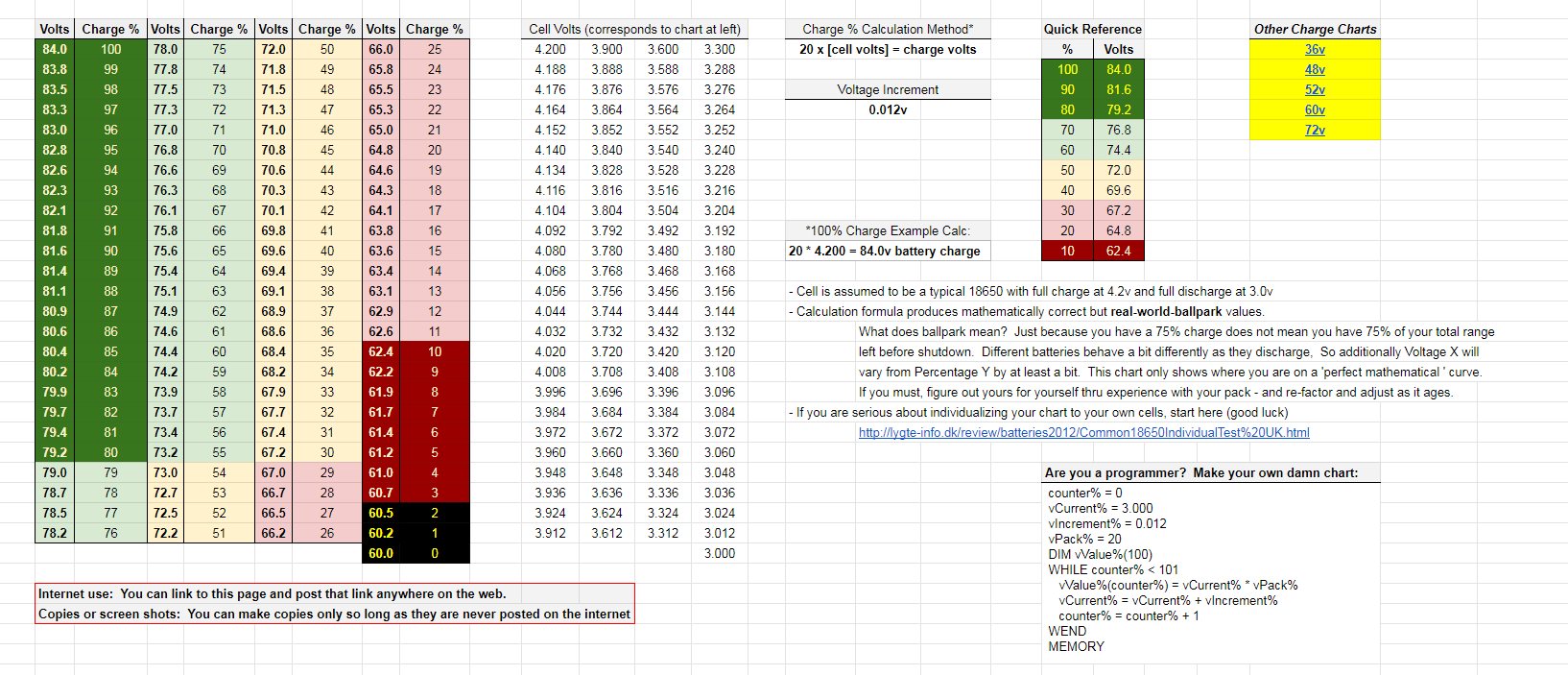Well, let's see.
OP did not state that he got a charger with the battery he received.
His link was for the battery ONLY, not with an ebike. There is NO CHARGER indicated on that link as included with the battery. No mention whatsoever. The fact that the OP bought a seperate charger is an interesting piece of data, supporting the idea that no charger was included with the battery from the manufacturer.
Note also that the OP "bought an ebike". Possibly used. Possibly older model. Definitely using a style of mount that has been around for a long time.
He bought an ebike, and ALSO a battery, and ALSO a charger. Three seperate transactions.
NEW ebikes do not usually come with no battery. Used ones frequently do. Especially older ones.
12S, Li-ion batteries are not as common as they once were, but are still sold. They were MUCH more common a few years ago, such as when a used ebike was likely manufactured.
Used, older ebike, old mount style, the ODDS go UP this could be a 12S battery.
Batteries are very often available in multiple configurations.
Specs quoted are for "a" CHARGER, with no specific connection to the OP's battery.
The negative consequences of getting this wrong can be EXTREMELY SERIOUS.
If the consequences of an error are a minor performance issue, or a couple dollars, then being wrong is no big deal. When the stakes are a potentially deadly house fire, something that has definitely happened, people have died, from using the wrong spec charger, then determining with CERTAINTY what exactly you are dealing with, and not just guessing, becomes significantly more important.
I determine CERTAINTY in such situations a LOT more accurately than most people will bother to do.
I am not stating that it is a certainty this is a 12S battery. I AM stating that there is no certainty it is NOT, with very good reasons to assume that it IS, and before creating a serious problem, it is necessary to make DAMN SURE what exactly you are dealing with.
Some are making a LOT of potentially dangerous assumptions, which are NOT justified by the available information.
Do not question my ability to analyze the available data again.

